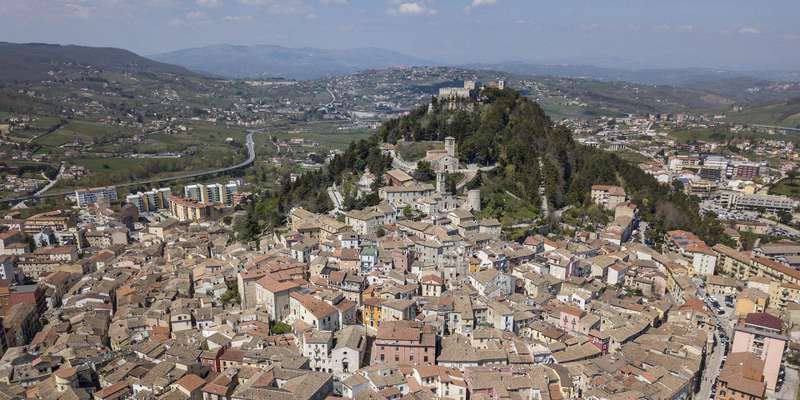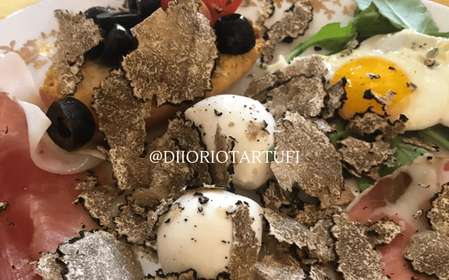- Home
- Useful Tips
- Photographing Campobasso's...
Photographers visiting Campobasso's medieval quarter often leave disappointed. The labyrinth of staircases and vaulted alleys - while visually stunning - presents unique challenges. Over 60% of visitors miss the golden hour lighting that transforms ordinary shots into magazine-worthy images, while others struggle with composition in the tight, shadowy passages. Crowds cluster around the same three spots between 11am-3pm, creating identical tourist shots across Instagram. Meanwhile, the most photogenic corners remain empty just meters away. These issues matter because Campobasso's medieval architecture offers some of Italy's most authentic untouched backdrops, free from the commercial saturation of more famous destinations. Getting it right means capturing a vanishing heritage - the worn stone steps tell stories of generations, and the play of light through ancient archways changes by the minute.


Finding hidden staircases most photographers miss
The secret to unique Campobasso photography lies beyond the obvious routes. While everyone heads for Scaletta di San Leonardo, locals know the more dramatic Monteverde staircase hides just 200 meters west. Its uneven cobbles and leaning houses create dynamic leading lines, yet it sees perhaps 10% of the foot traffic. Another gem is Vico dei Fiori - a narrow alley where flower boxes contrast beautifully with medieval stone, accessible only by descending an unmarked stair near Palazzo Pistilli. These spots require comfortable walking shoes and patience to locate, but reward you with compositions untouched by mass tourism. Morning light works particularly well here, casting long shadows that emphasize the textures of centuries-old masonry.
Mastering light in Campobasso's shadowy alleys
Medieval architecture wasn't designed for perfect photography lighting, but this challenge creates opportunities. The key is understanding how light moves through Campobasso's unique topography. From May-September, the sun aligns perfectly with east-west alleys like Vico II San Paolo around 8:30am, creating natural spotlight effects. Come afternoon, the staircases near Castello Monforte develop beautiful contrast as sunlight filters through their distinctive barrel vaults. For softer illumination on overcast days, seek out whitewashed walls in the Jewish Quarter that act as natural reflectors. A collapsible reflector can help fill harsh shadows, but often just waiting 20 minutes provides completely new lighting conditions as the sun navigates the tight urban canyon.
Equipment choices for medieval alley photography
Campobasso's architecture demands thoughtful gear selection. While wide-angle lenses (16-35mm) capture sweeping staircase vistas, don't overlook the storytelling power of a 50mm prime for intimate details - iron door knockers, weathered fresco fragments, and cobblestone textures. A lightweight travel tripod proves invaluable for long exposures in dim alleys, particularly when photographing the dramatic evening light that lingers on upper stories while lower levels fall into shadow. For those preferring minimal gear, modern smartphones with night mode can surprisingly handle many scenes, especially if you use their built-in wide-angle capabilities to emphasize the towering perspective of staircases. Whatever your setup, keep it compact - the most photogenic routes involve squeezing through passages barely shoulder-width.
Timing your visit for crowd-free compositions
The difference between a good photo and extraordinary one in Campobasso often comes down to timing. Sundays before 9am offer near-empty streets as locals sleep in, while weekday lunch hours (1-3pm) see shops closing and residents retreating indoors. Late October through March provides the clearest air for long-distance shots across the valley, with the added bonus of occasional frost highlighting stone textures. Savvy photographers coordinate visits with local festivals like the Mysteries procession in June - while the main event draws crowds, the medieval quarter empties completely during these hours. For those unable to visit at ideal times, patience pays off; even in peak season, waiting just 10 minutes after a tour group passes often yields unobstructed access to prime locations.
